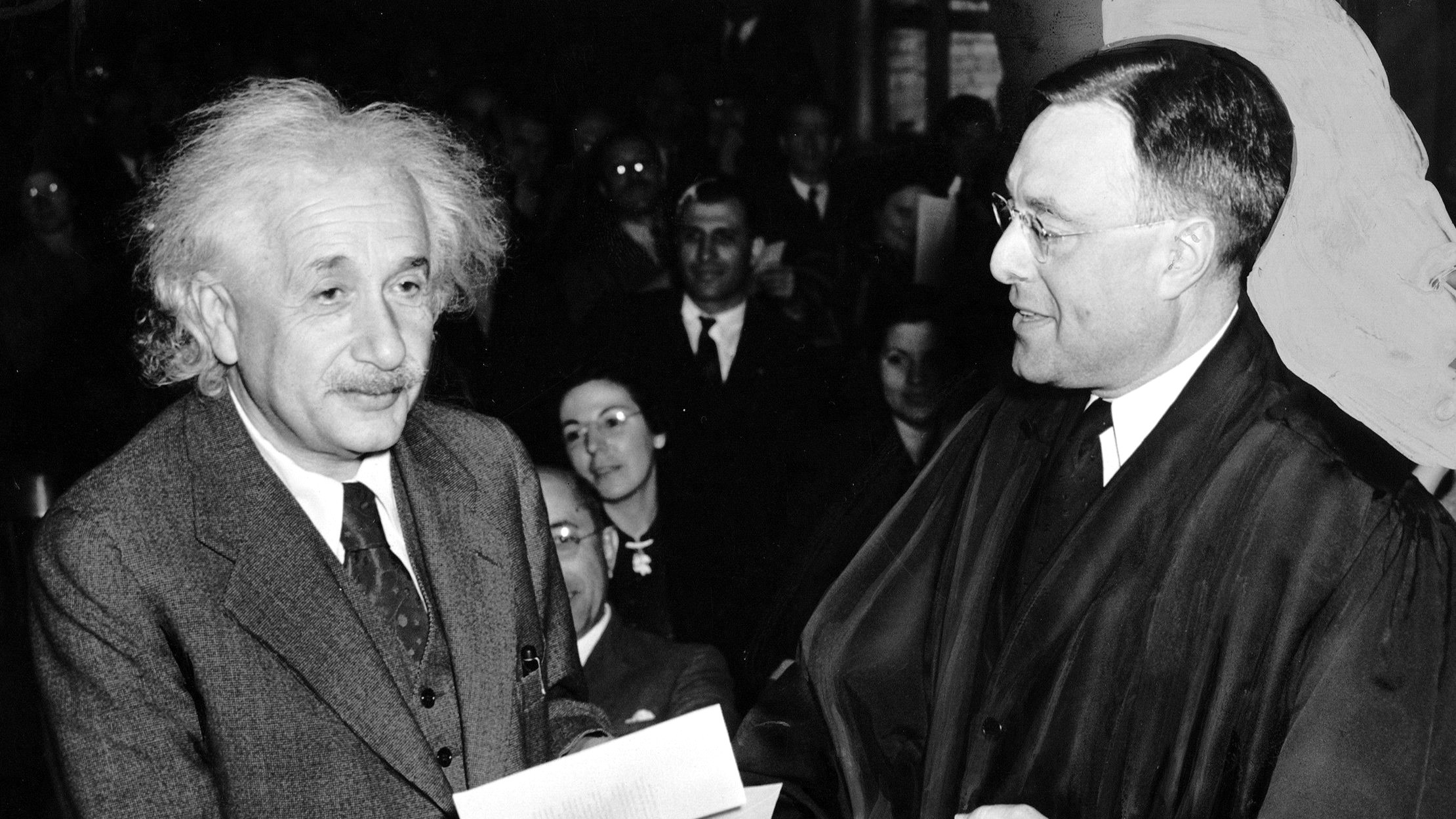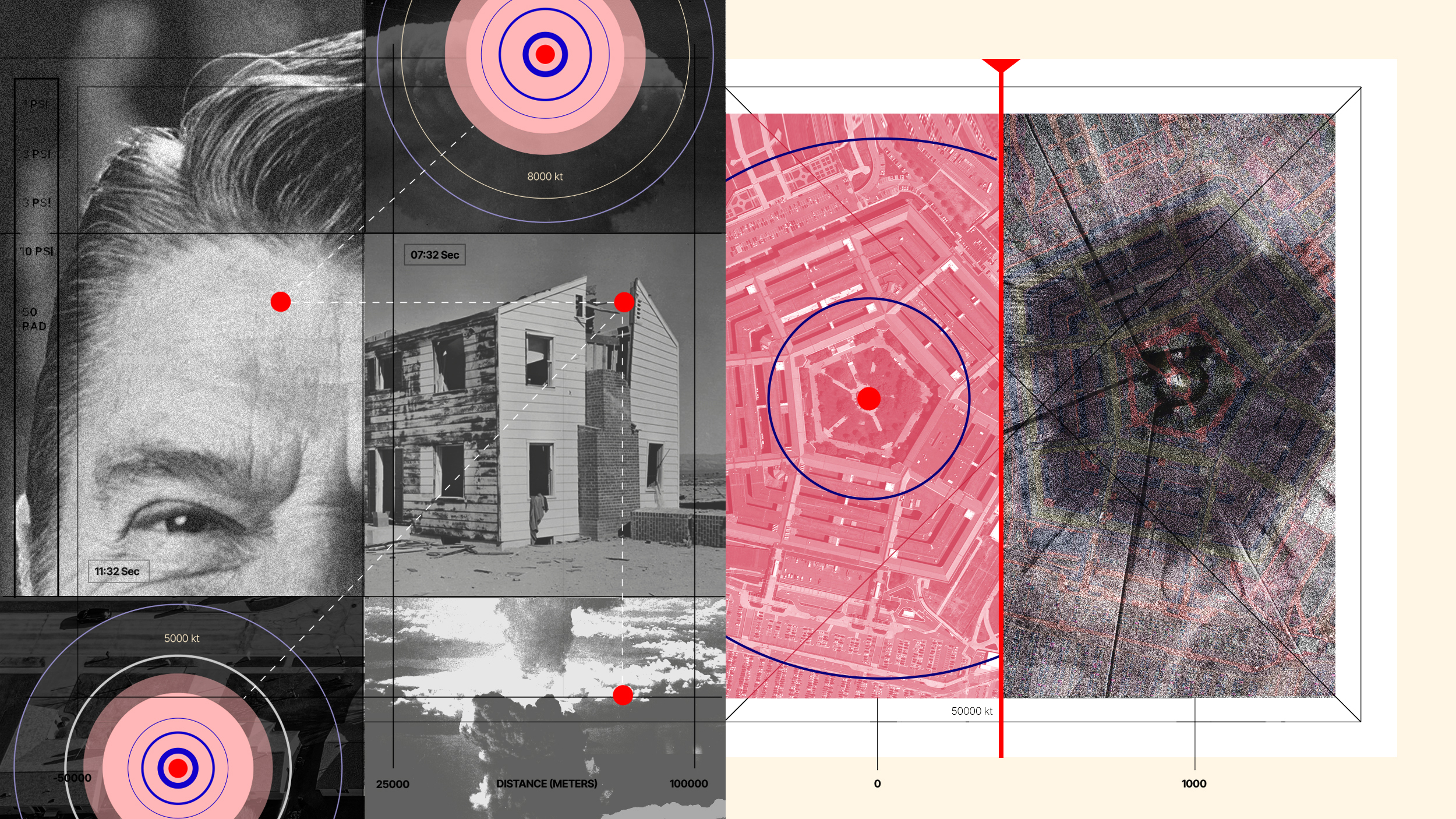Saad Mohseni has launched the most popular TV company in Afghanistan, which features independent news, music and entertainment. In fact, Mohseni describes Afghanistan today as the way the U.S. was in the 1950s. But the rate of change is very much accelerated, meaning “Afghanistan will resemble the western world vis-à-vis media probably in the next five to ten years.”
Saad Mohseni: In Afghanistan, most households have one television set, so it’s general entertainment. They're mostly general entertainment channels and slight sort of slightly female skewed, but programs appeal basically to families. So in a place like Afghanistan people gather around the television set a bit like in the 1950s in the US. It’s the thing to do to have dinner, watch television, discuss theprograms and then go to sleep. And people really have nothing much else to do besides watch television. People can’t go to restaurants. They can’t go to the theater. Even going to relatives’ homes in some parts of the country is just out of the question. So television becomes a sort of focal point in a household. And also I think people just can’t afford to do things besides watch television. I mean, I think even in the US, for example, sort of the poorer, the less affluent suburbs penetration of cable is much higher than say the Upper East Side of New York because people have other things to do in the Upper East Side of New York.
So for us the important thing is to keep it fairly general. Now of course the market will become fragmented as people have access to more television sets, to internet and so forth, and we’re already recognizing that, so we’ve launched a 24 hours news channel, for example, in Afghanistan. As we see things we'll probably have a sports channel. We’ll probably have a children’s channel in the years ahead.
In Iran it’s a little bit different. Television penetration is very high. It’s something like 80% of the population has access to satellite. A lot of households have more than one television set and so although most of the programs we do declare that they are sort of family types of soap operas and programs, but it’s more female skewed than our channel in Afghanistan. That’s what the advertisers like, and we believe that the bulk of the viewers in a place like Iran are women. And so it purely depends on the market. Afghanistan is very—it’s a very unique case, sort of frozen in time.
We had the opportunity to go in there and obviously we’re seeing things resemble, as I said, the US in the 1950s, but the change, the rate of change is sort of very much accelerated. I mean, Afghanistan will resemble the western world vis-à-vis media probably in the next five to ten years, so what was achieved in the west over a 50, 60 year period we’ll see happen in Afghanistan over a very short period of time, probably ten years I would say.
Directed / Produced by
Jonathan Fowler & Elizabeth Rodd





